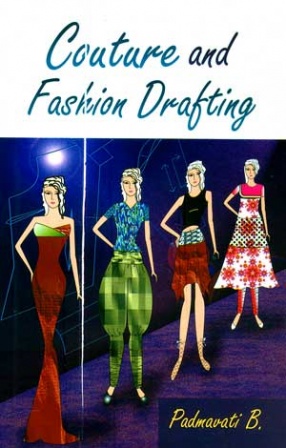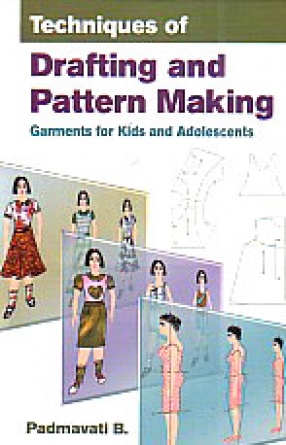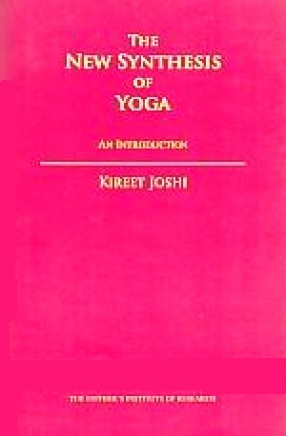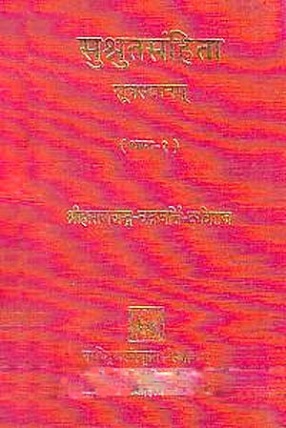A quintessential book with comprehensive and exceptional illustrations, clear diagrams and step-by-step construction methods, it gives detailed yet easy to understand explanations and provides vital information that cuts through the terminology used in drafting with easy mathematical approach. Drafting is based upon the idea that all designs are a combination of two or more of the three major principles of designing:
(i) Silhouetting: Making outline of the desired design,
(ii) Dart manipulation / suppression theory: Adding darts to shape up the garment for preferred appearance, and
(iii) Adding fullness: Adding gathers / pleats / flare to give fullness.
To add the above principles are the drafting principles of adding ease:
(i) Wearing ease: Since the vertical measurements are generally straight and do not cover the curves, a small measure of wearing allowance should be added, and
(ii) Designing ease: Designing ease is added to the horizontal measurements and depends on the design, i.e.
(a) Fitting garments do not require designing ease, e.g. corset.
(b) Slight fitting garments require a small measure of ease for moving ease, e.g. shirt, and
(c) Considerable measure of ease can be added in loose garments. Generally nightwear falls in this category.
This book presents all the pertinent information essential to construct drafts and patterns with precision regardless of its intricacy. Various types of garments including basic bodice for adults along with corsets, shirts, vests, trousers, skirts, i.e. garments cut on grain line as well as bias cut garments like chudidaar, gored skirt have been covered. The book also covers a glossary of fabrics which is very precise and informative, and questions for practice.
The book will ably serve the needs of professional fashion designers, dressmakers and all those concerned with designing and stitching of women’s wear. It will also prove useful to the students and teachers of institutes of fashion technology.






There are no reviews yet.